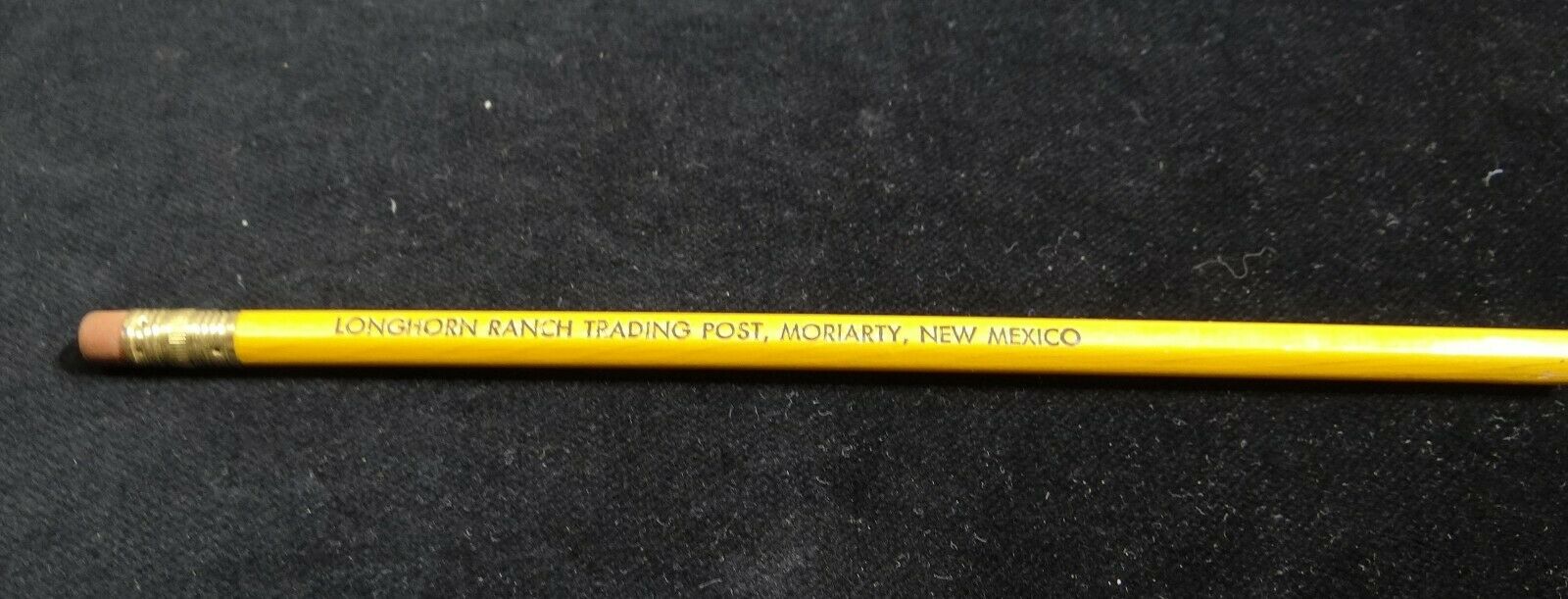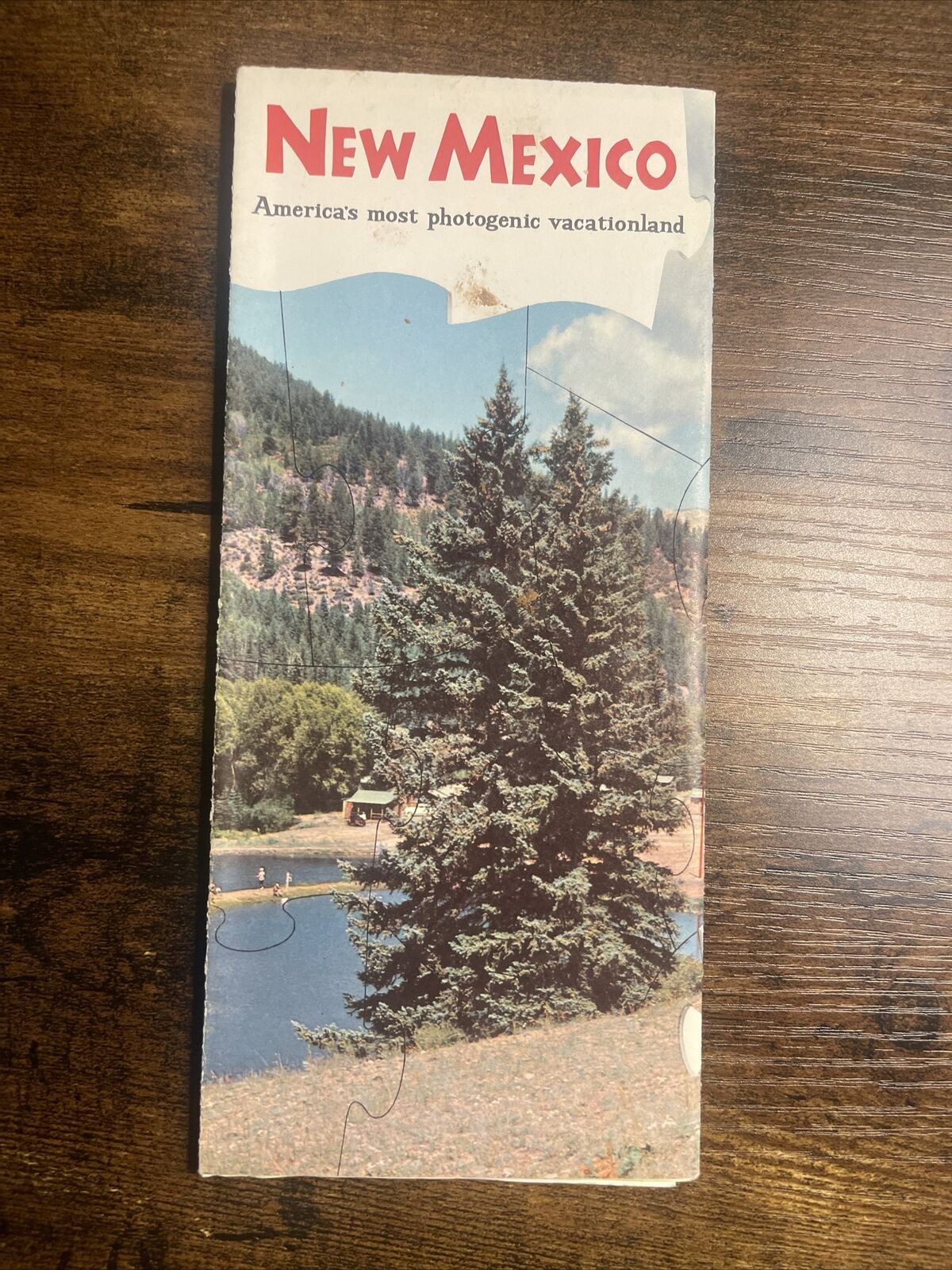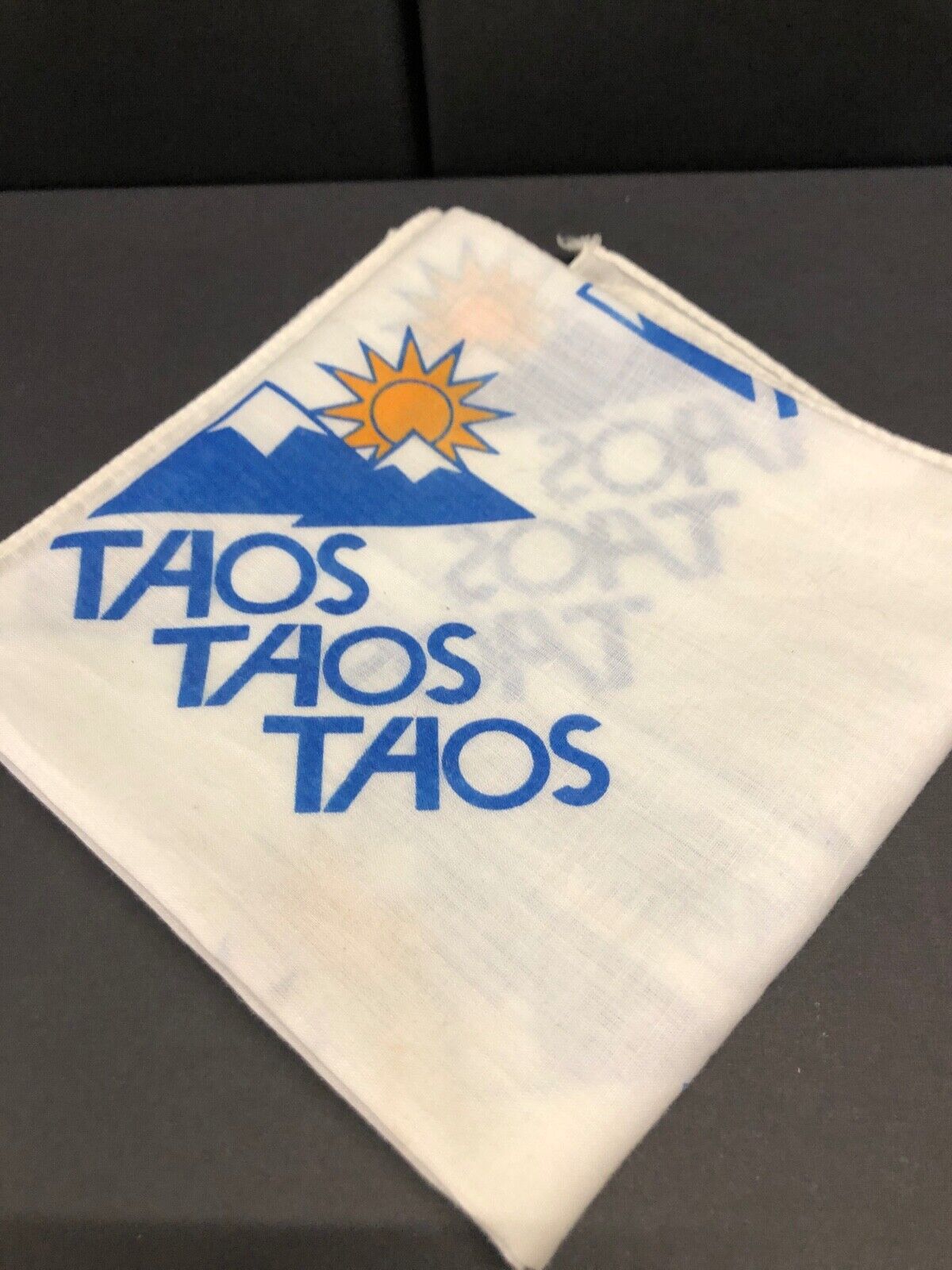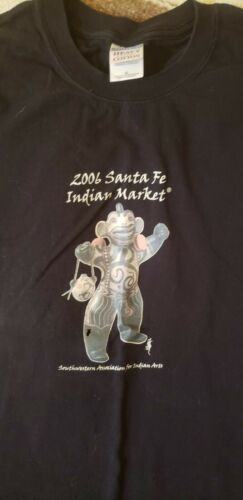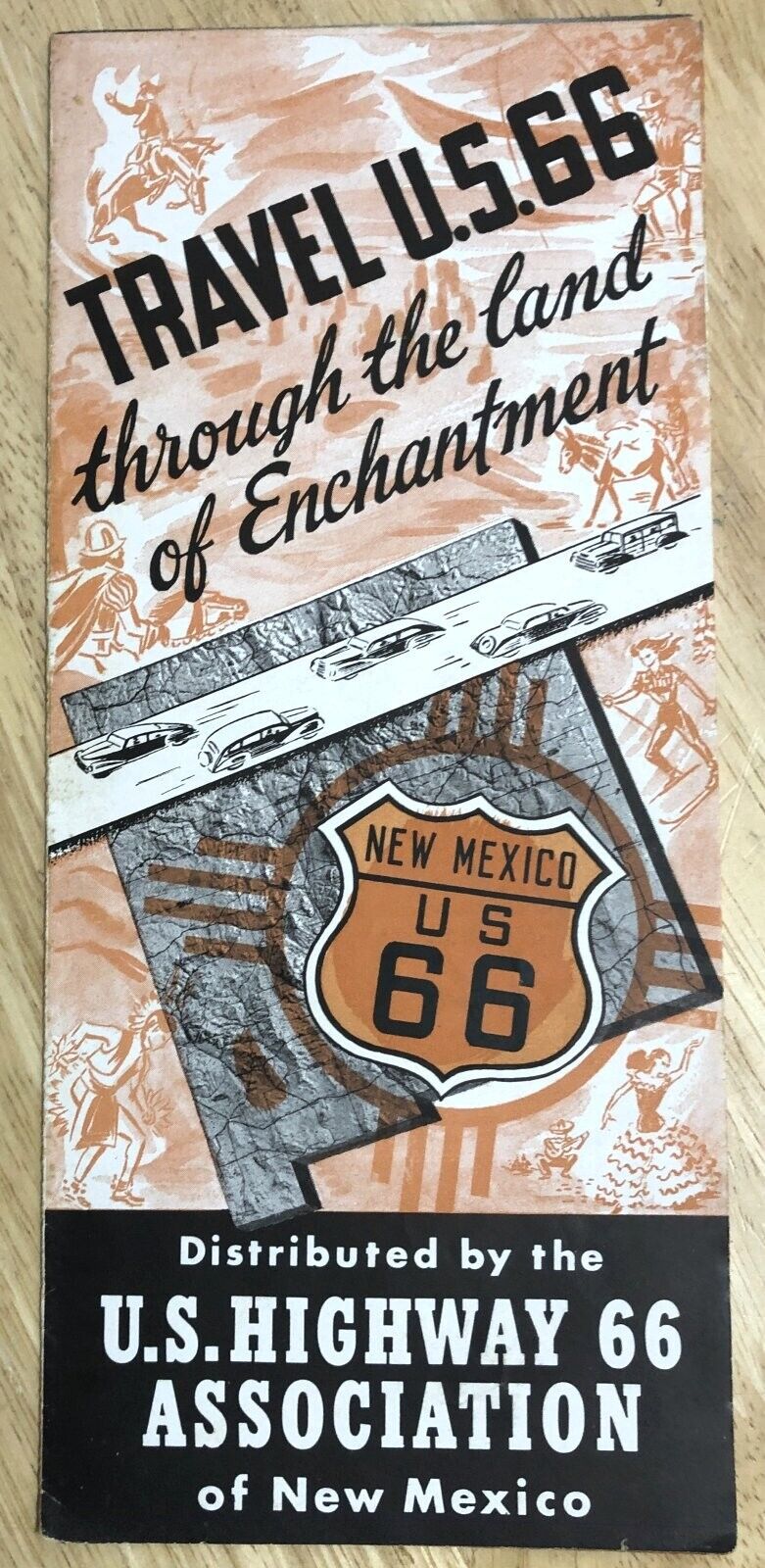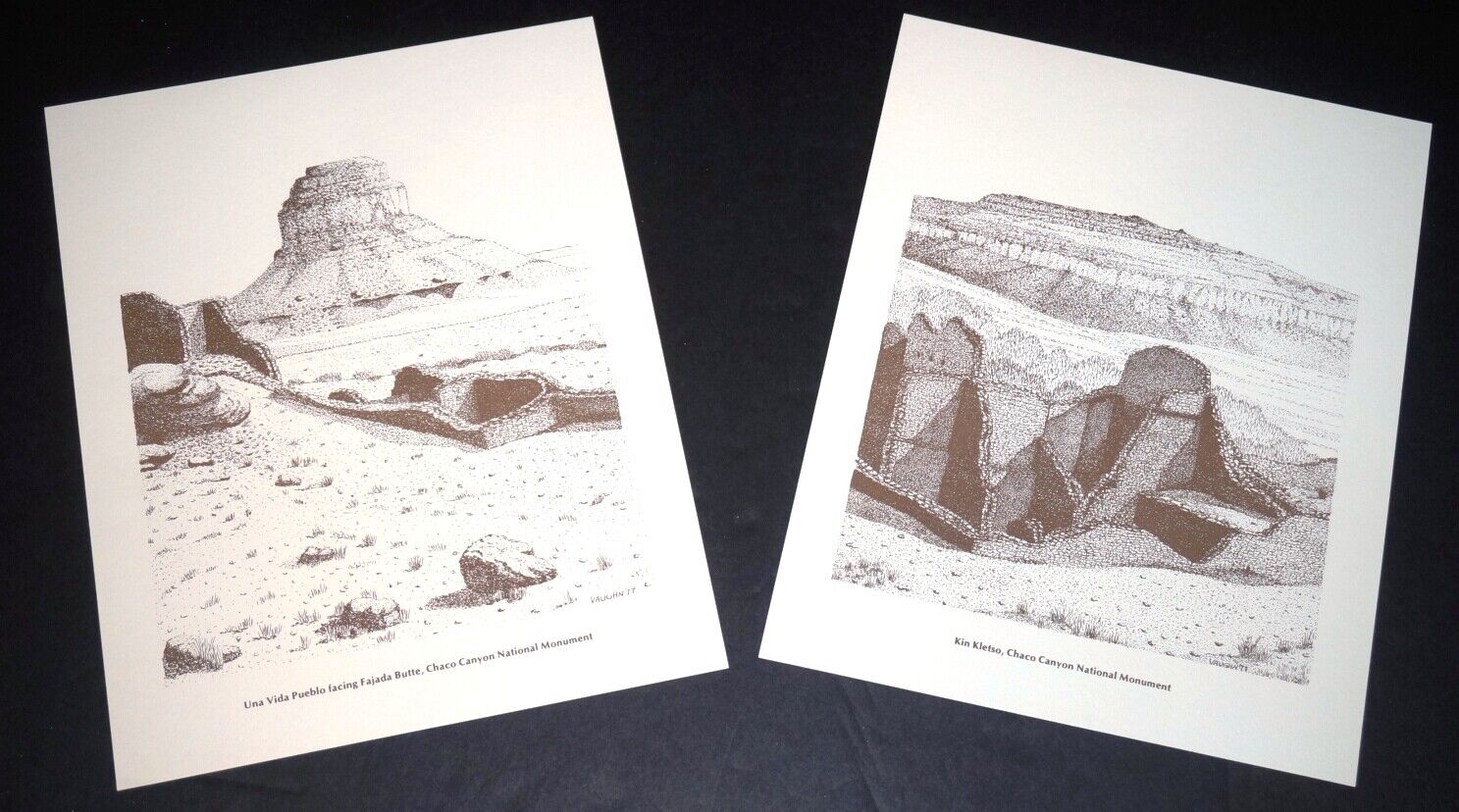-40%
1949 NEW MEXICO magazine article, ADOBE, natives, history, color photos
$ 4.28
- Description
- Size Guide
Description
Selling is a 1949 magazine article about:NEW MEXICO
Title: Adobe New Mexico
Author: Mason Sutherland
Quoting the first page “From the heights above Santa Fe, oldest capital city in the United States, one can see the lights of Los Alamos, the Atomic Age city.
Indians working close to atom bombs go home to their pueblos by night and take part in fertility dances already old when Spanish explorers marched in four centuries ago.
Descendants of the Spanish settlers build their cool, simple homes of adobe, or sun-dried brick, just as ancient Egyptians used to do.
Anglo-Americans, as the third population element is called, acclaim both adobe architecture and tribal dances. Almost to a man, they say, "I wouldn't live anywhere else." They point to clouds drifting like galleons across the sky, or to stars blazing like undimmed automobile headlights.
Here, where mountain peaks rise to 13,000 feet, the summer day is rarely hot, and June nights call for lighted fireplaces.
The Rockies, colored forest-green or aspen-gold according to the season, rise in two ranges, the Sangre de Cristo and the Jemez, their topmost peaks agleam with snow.
These ranges straddle the Rio Grande, a brawling, muddy stream flowing out of the mountains of Colorado. For miles it tumbles through an enormous, unpopulated chasm. Where its valley flattens out somewhat, watering cottonwoods and crops, it supports the Pueblo Indians, most advanced aboriginal culture surviving in North America.
Between river and mountains stretches a desert studded by pinon pines, which from a distance appear to have been planted in orchards, or by oceans of gray-green sage-brush, which give the illusion of being fields of ripening hay. Lava badlands and raw red cliffs enhance the desert's rich variety.
At intervals the wasteland is relieved by a ribbony green oasis, the irrigated valley of a trout stream flowing out of snowbanks above timberline.
This report deals with that section roughly bounded by Santa Fe, Los Alamos, Taos, and Cowles.
On a sagebrush plateau at the north end of this quadrangle stands Taos, a cluster of adobe homes built around the town plaza. To all appearances a country village, population 1,000, Taos is the cosmopolitan home of hundreds of painters, writers, and wealthy folk who have made it the Southwest's adobe Greenwich Village.
Artists in work clothes and art students in lush whiskers frequent the Plaza. At fiesta time, when everybody likes to dress in costume, you cannot tell artists from cowboys.
On market days so many Spanish-American farmers in wide-brimmed black hats cluster beneath the Plaza's shady arcades that a stranger might imagine himself in Spain were it not for signs like J. C. Penney and Ruth's Beauty Shoppe.
Lounging, long-haired Pueblo Indians wrapped in cotton blankets exchange stare for stare with visiting easterners, while working Indians in blue jeans drive trailer trucks through the streets.
Twice daily a horse-drawn stage leaves the Plaza on a "rubberneck" tour of San Geronimo de Taos (Taos Pueblo), close by. Shop windows facing the square bulge with paintings put up for sale by artists. Other canvases bedeck hotel lobby and cafe walls.
By night the Plaza becomes so quiet that, in the words of "Doughbelly" Price, the town wit, "you can hear the notes falling due at the bank."
When the last neon light flickers off, only moon and stars provide illumination, for the Plaza has street lamps but no appropriation for current.
"We resent the influx of neons like a plague," one resident told me, "but we are happy at having no traffic lights or railroads. Sometimes snow clogs the highway and delays the mail, but who cares? Not I."
Behind mud walls shaded by rows of cottonwoods, Taosefios lead lives of deep content. Ears of Indian corn hang drying beside their corner fireplaces. Their carved Spanish doors match heavy Spanish chests. Cool little canals flow intermittently through their lawns, and hollyhocks spring up between flagstones in their courts, Bowers of yellow roses bloom in their gardens…"
7” x 10”, 48 pages, 16 B&W & 27 color photos plus map
These are pages carefully removed from an actual 1949 magazine.
49L4
Please note the flat-rate shipping for my magazine articles. Please see my other auctions and store items for more old articles, advertising pages and non-fiction books.
Click Here To Visit My eBay Store: busybeas books and ads
Thousands of advertisement pages and old articles
Anything I find that looks interesting!
Please see my other auctions for more
goodies, books and magazines.
I'll combine wins to save on postage.
Thanks For Looking!
Luke 12: 15
Note to
CANADIAN
purchasers:
CRA says I have to collect the GST/HST charge. Different provinces have different rates, many still just 5% though. My GST/HST number is 84416 2784 RT0001. I collect this and remit it.
Note to
UNITED STATES
purchasers (and some other international spots too)
:
eBay is automatically charging you the sales tax (for some USA states) or VAT (for some countries). I do NOT collect it or remit it, eBay does.
relisted Oct 2 2022














